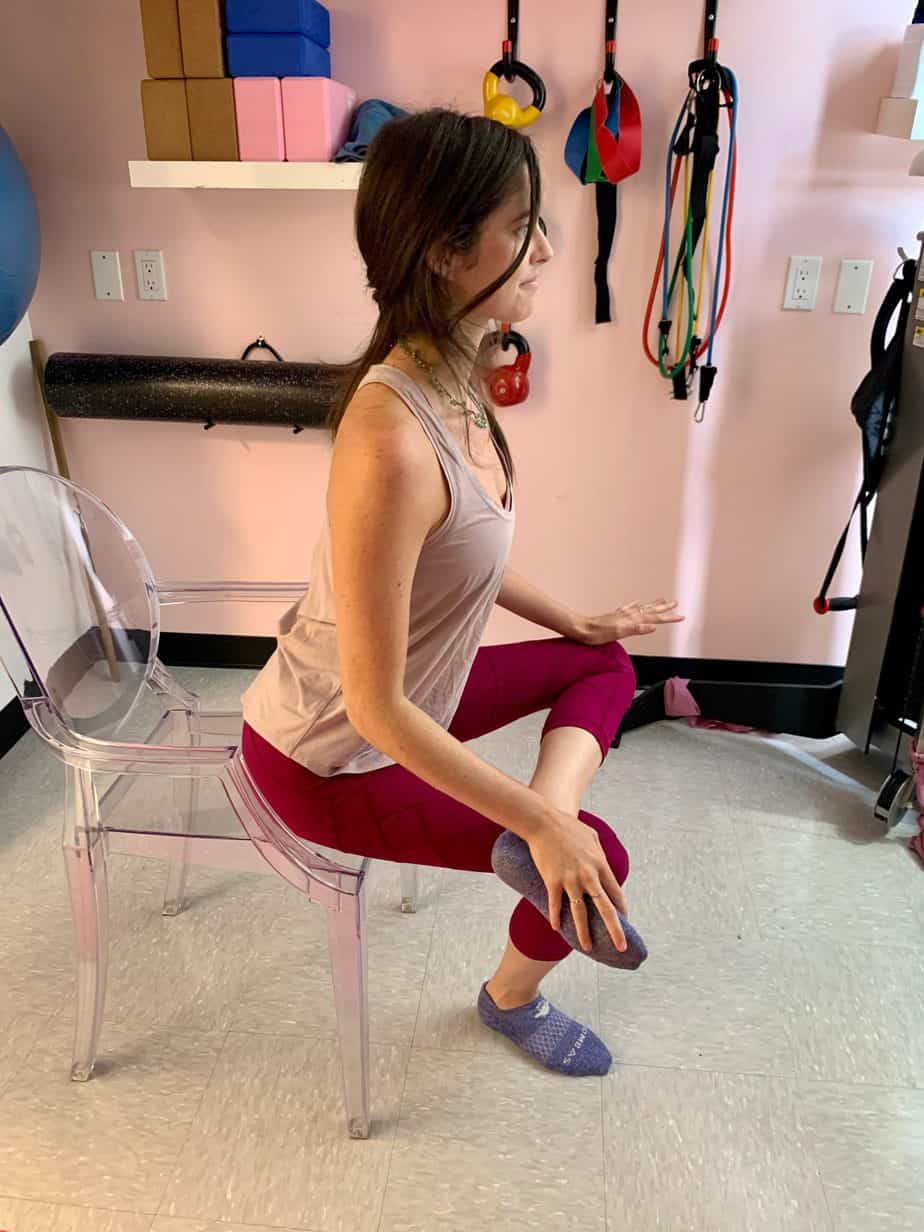Endometriosis: the 411

Endometriosis is a chronic inflammatory gynecological condition characterized by the growth of endometrial glands and stroma (supportive framework of cells) outside the uterine cavity. The most common symptoms are severe dysmenorrhea (painful periods), dyspareunia (pain with sex), pelvic pain, and infertility.
The development of the disease is still unknown. Sampson’s theory of retrograde menstruation is the most widely cited in which menstruation occurs in a backwards direction. Current research shows that retrograde menstruation alone does not cause the disease. Endometrial cells also invade other parts of the peritoneal cavity outside the uterus, adhere to various areas within it and reproduce rapidly.
Because the disease itself is so little understood, the treatments are not reliable as cures. It is often treated with hormones to produce a menopausal state — which is impractical for women wanting to become pregnant. Many medications used in endometriosis treatment minimize symptoms and not the disease itself. Laparoscopic Excision surgery has the highest success rate, but is also not a universal cure. Some women may undergo surgery several times over the course of their life.
Endometriosis symptoms should be managed using a comprehensive approach. A diet that provides anti-inflammatory benefits is recommended. Women in chronic pain, often hold their breath causing increased clenching and tightening of the abdominal, hip and pelvic muscles. Very often as a result, the pelvic floor becomes overactive leading to increased tone in the muscles. Pelvic floor manual therapy is necessary to release these hypertonic muscles. An exercise program consisting of stretching, gentle postural and specific core exercises help keep the trunk and pelvic muscles strong and elongated. For this reason, Yoga is often a good choice for endometriosis patients. Finally, chronic pain causes cognitive changes within the brain. Educating patients and teaching patients to overcome this aspect is crucial in managing endometriosis as well. This rounded approach allows several aspects of endometriosis to be treated in tandem allowing for better probability that symptoms will be self managed and quality of life improves.
Written by: Irene Hernandez
Editing: Keely Faridi







